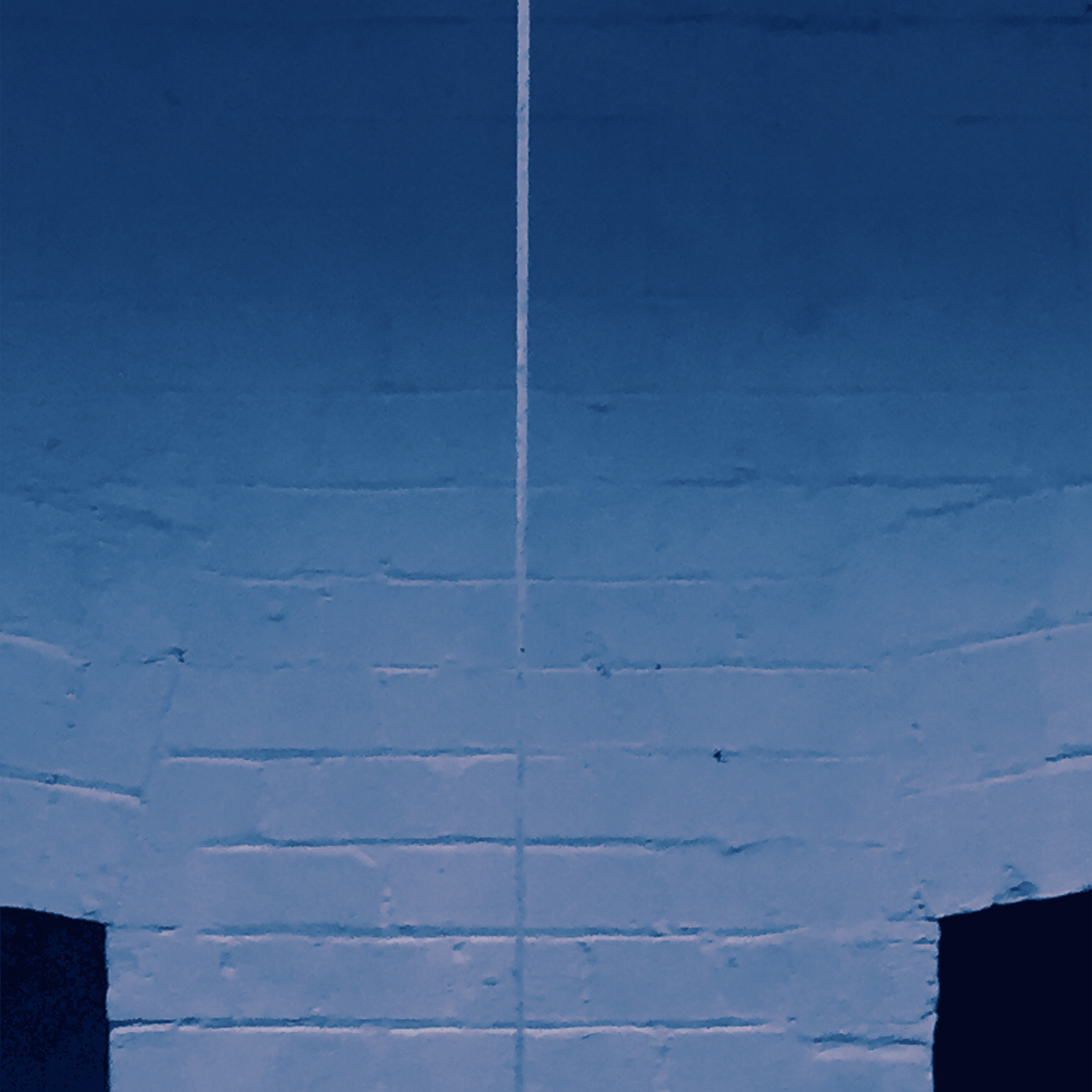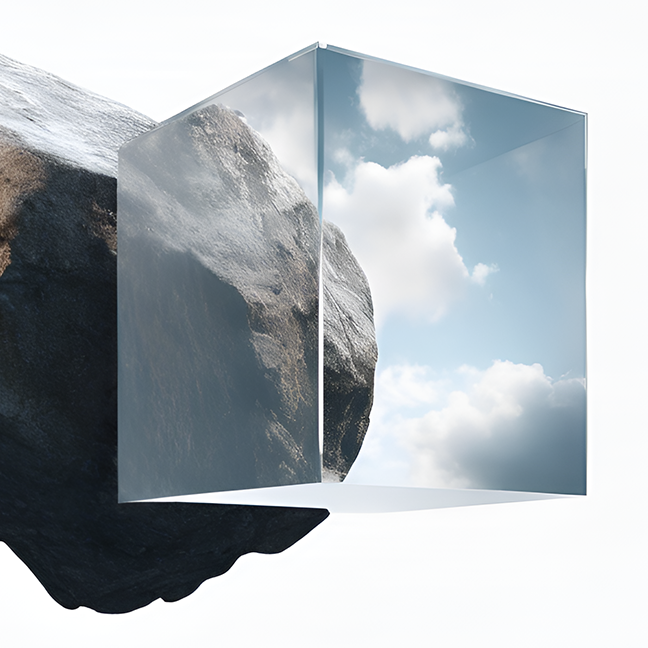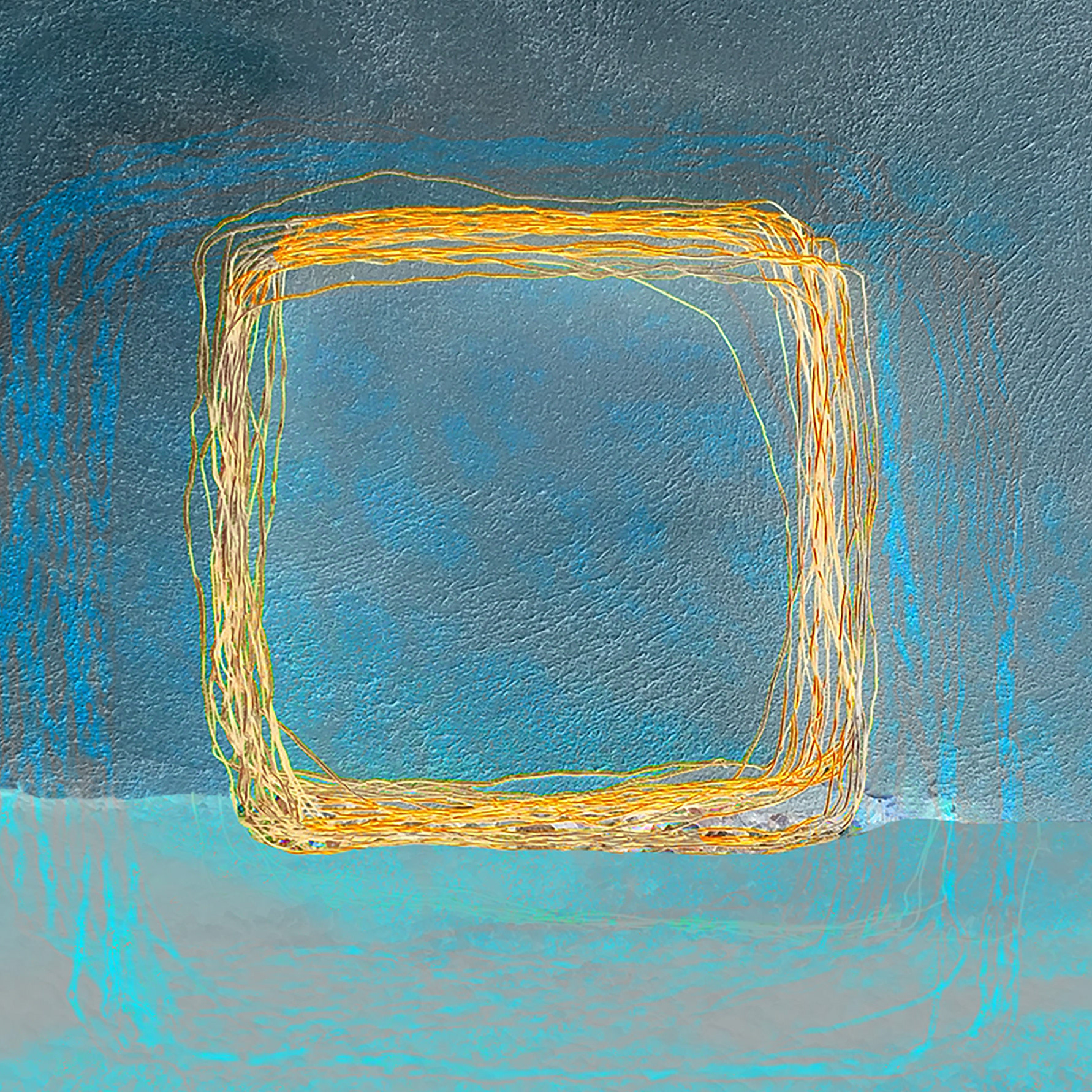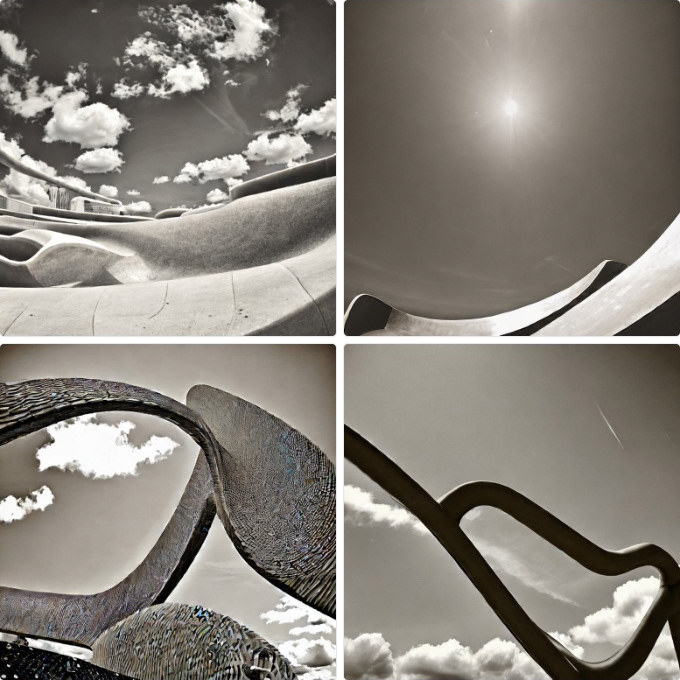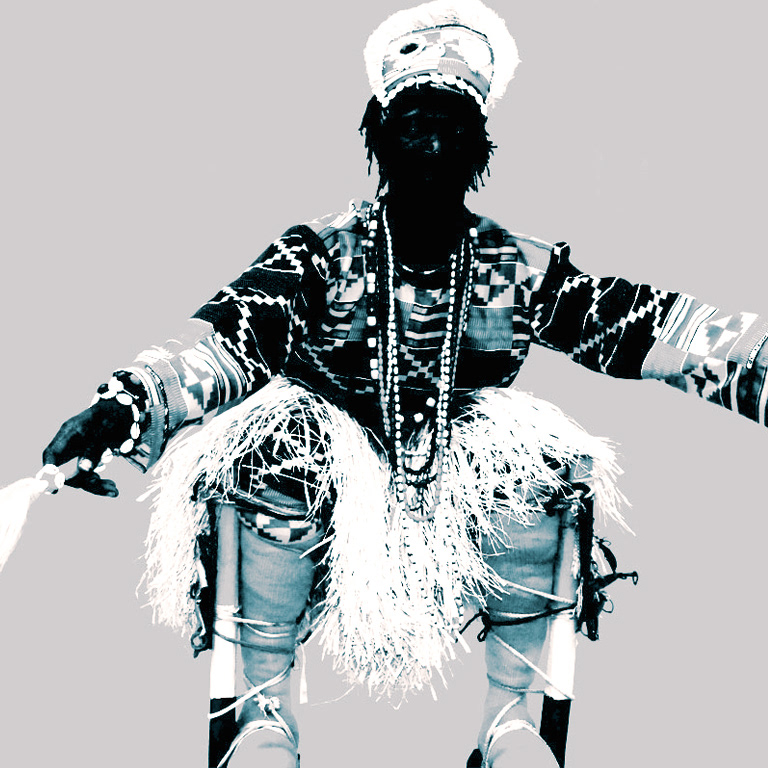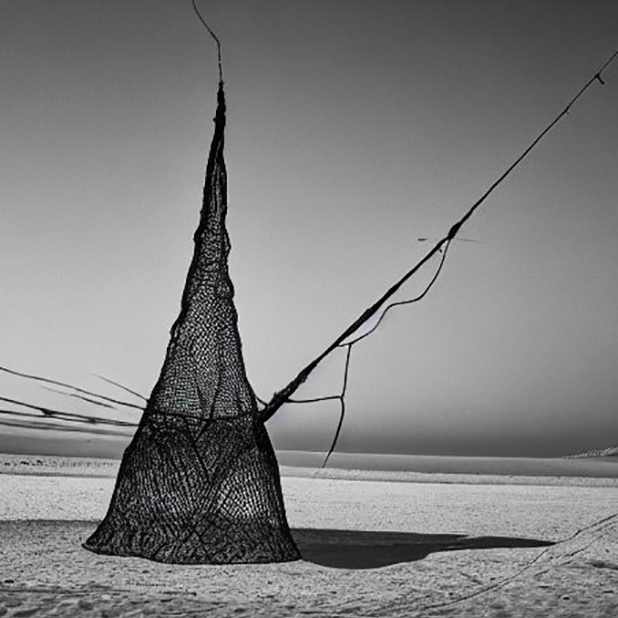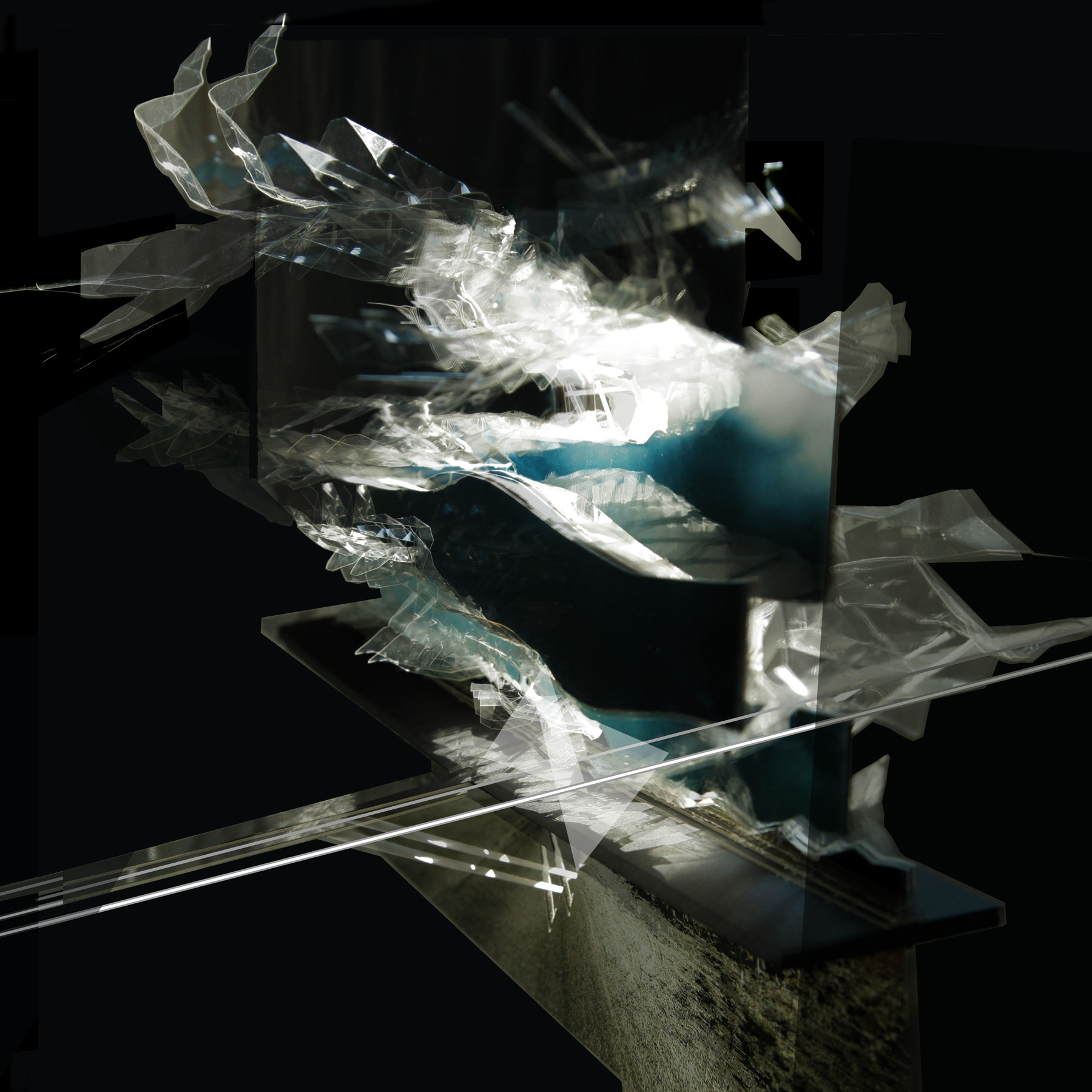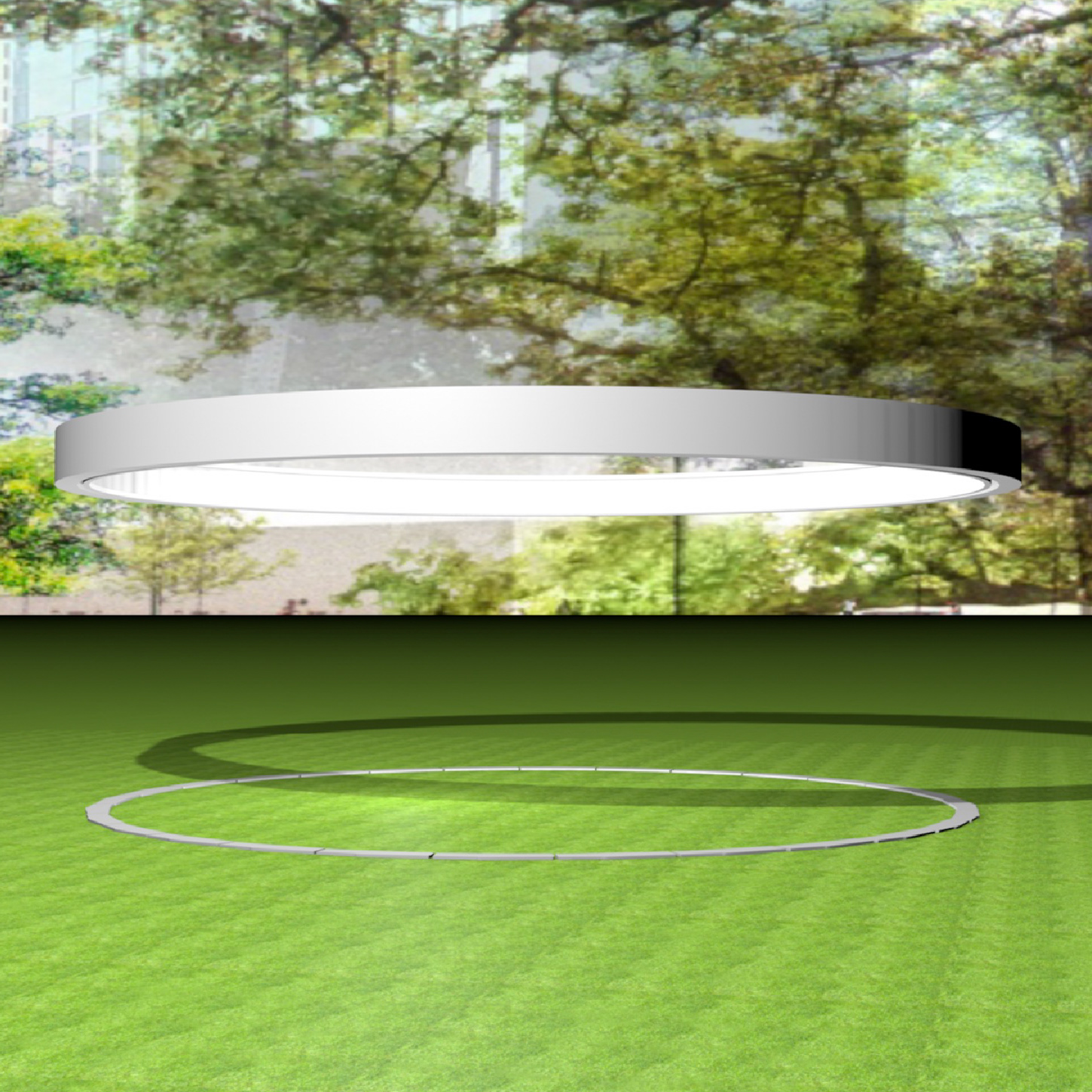Meridian






"Darkness obscures and sunlight reveals, but
dusk—that liminal moment in between—murmurs suggestions.
Dusk and twilight are not the same. There are three stages of twilight: Civil twilight begins at sunset. During this stage you can still see objects and colors, plus a few stars ... During nautical twilight, the stars brighten and earthbound objects grow less distinguishable. Finally, astronomical twilight marks the point when the sun no longer interferes with your viewing of the night sky. It means it’s damn dark." [Shedding Light, Guernica, Pamela Petro]
Sunsets in the northern latitudes (during summer and autumn) are long and drawn out — the twilight, like a plucked string that continues to reverberate for a duration of time. A single note, a gold-orange glow, held in tension for the longest moment, before dissipating into silence.
In the tropics, by contrast, twilight is brief and passes quickly, as the glaring haze of day turns to night, light to dark. The most picturesque, though brief, interludes occur during the rainy season (May-Oct) due to clouds and water vapor in the atmosphere.
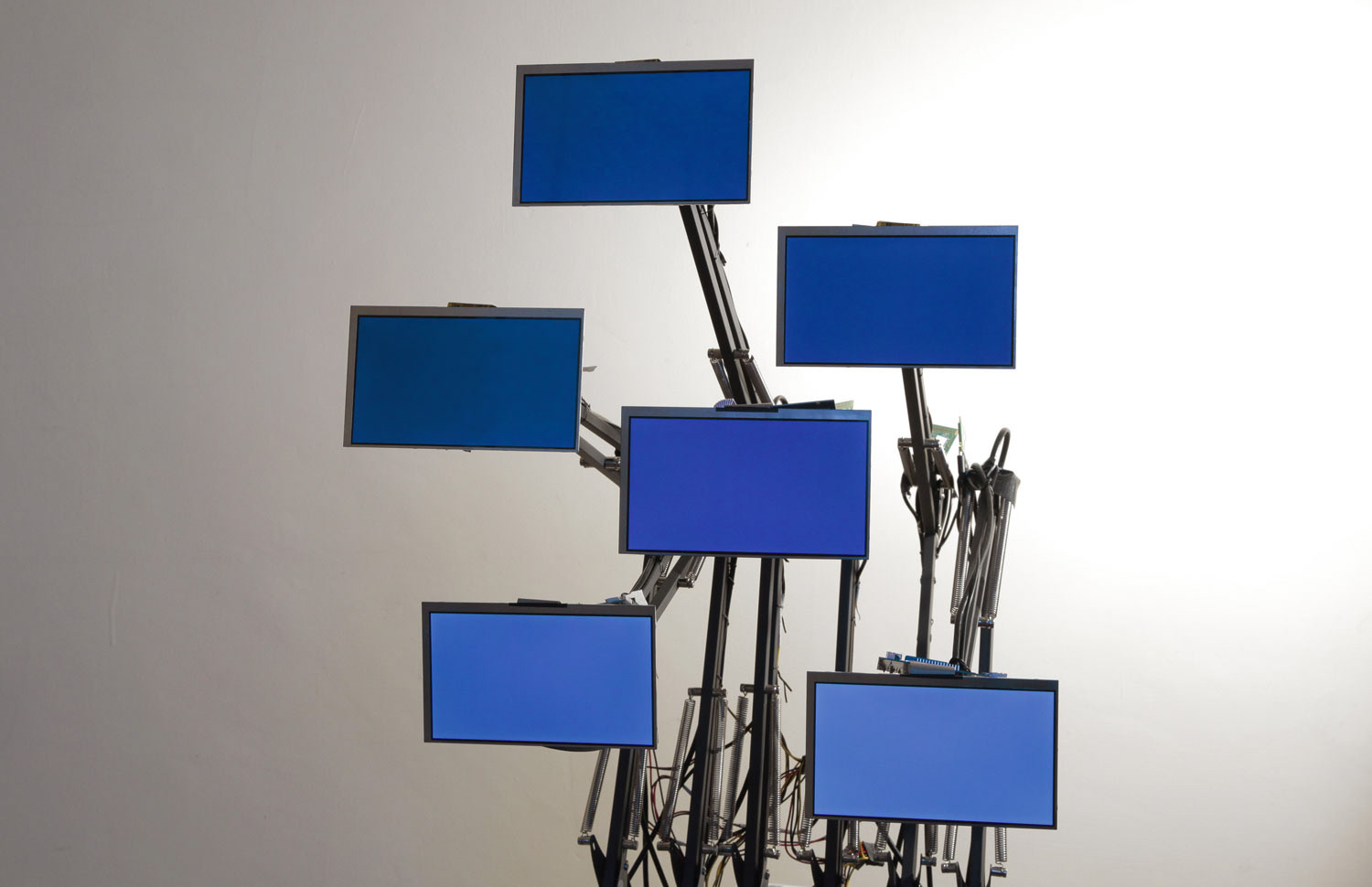
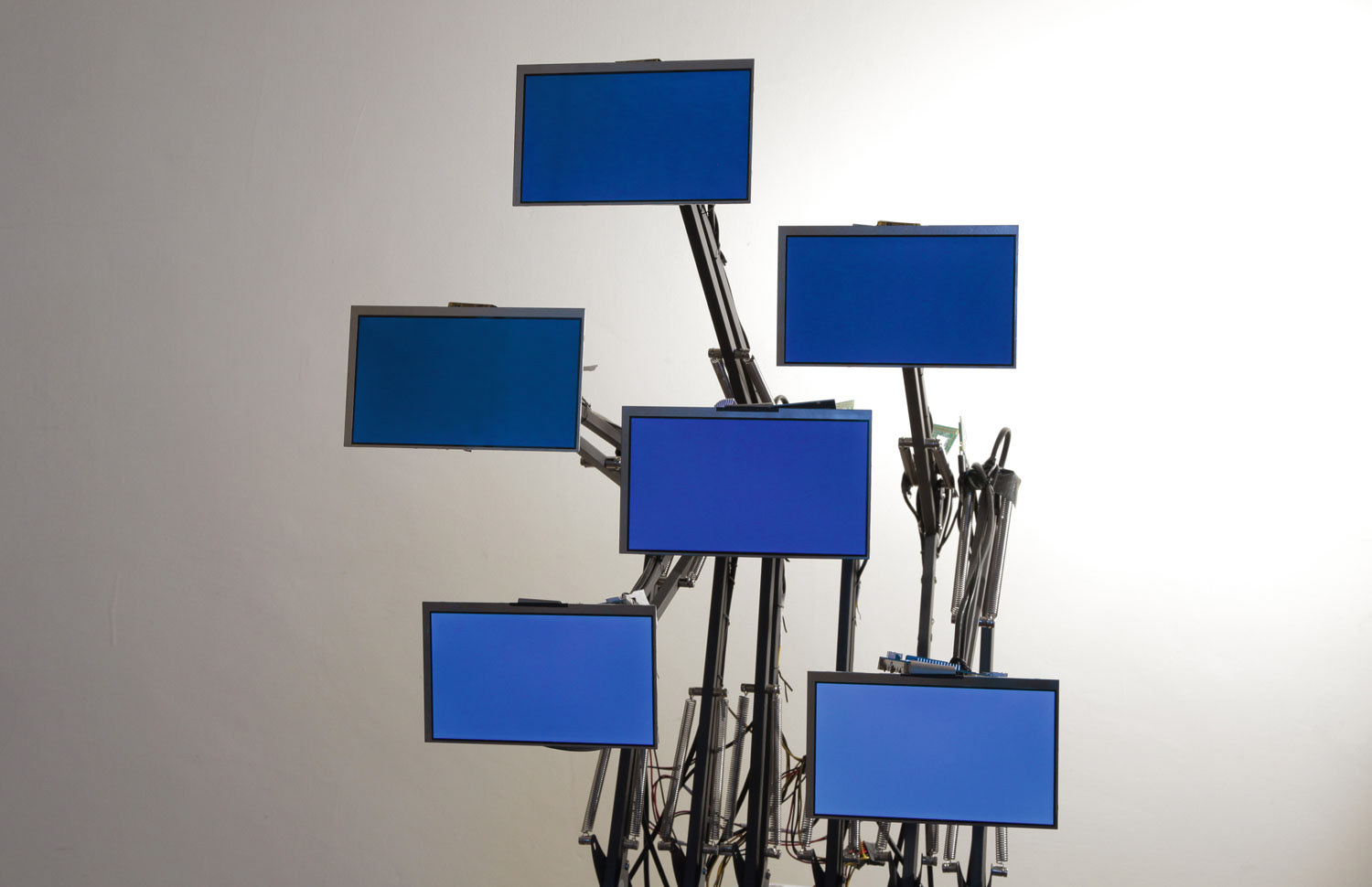
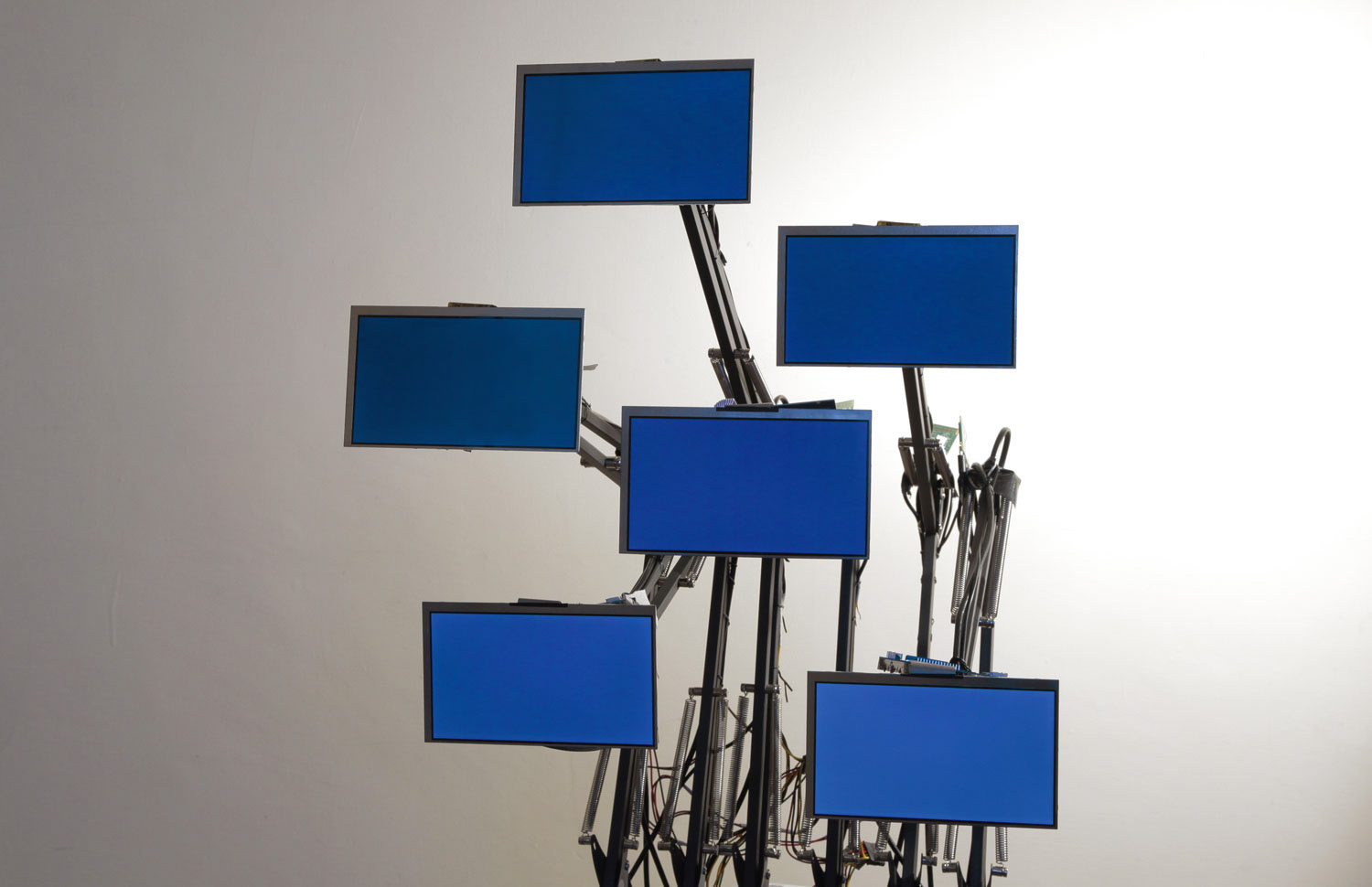
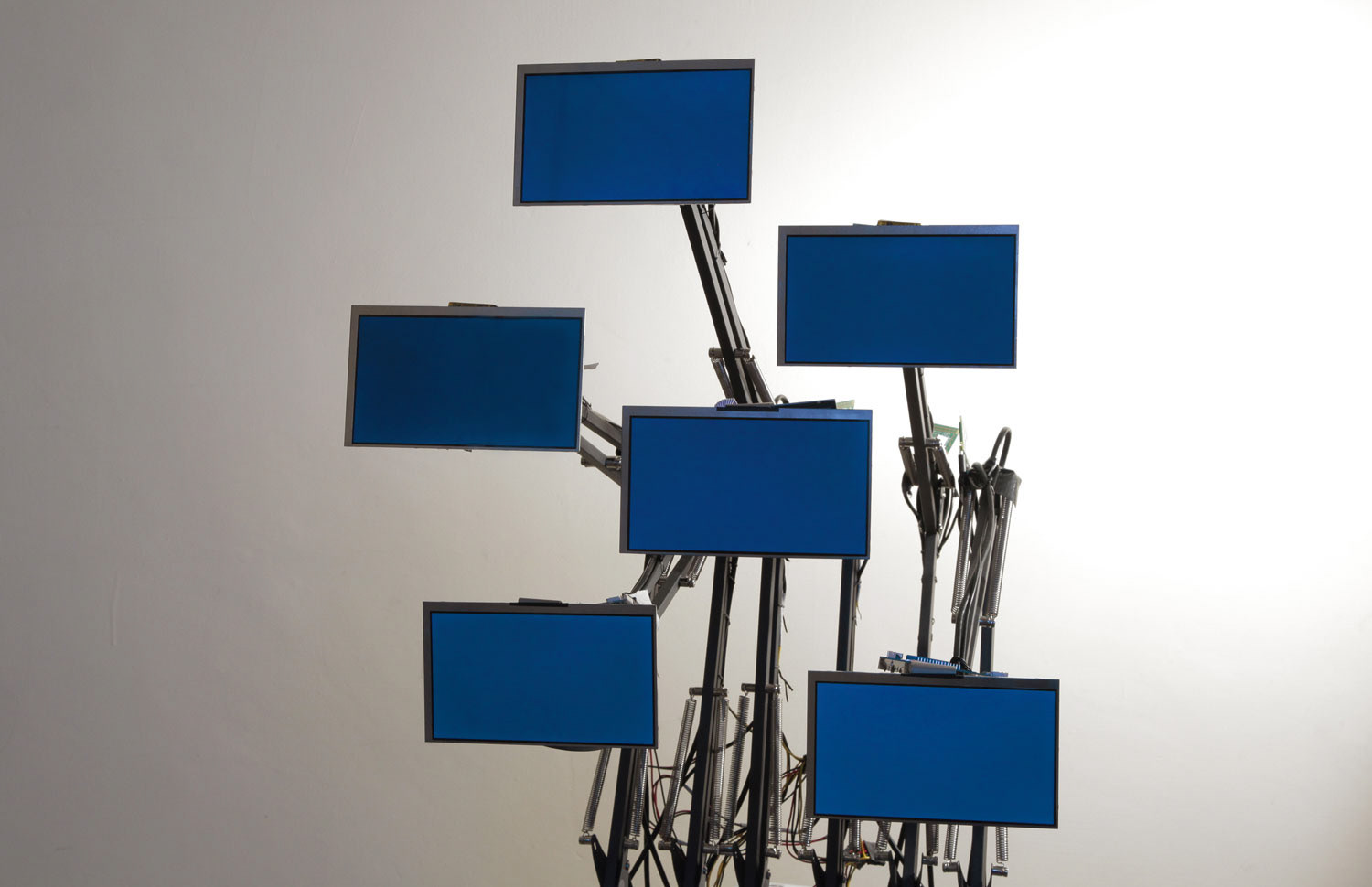
Twilight
For cities lying on the same longitude, (and theoretically in the same timezone), the experience of twilight is vastly different depending on how far north or south one is. On a clear summer’s day in mid-July, a person in Inverness, Scotland, will experience approx. [3 hours 22 minutes] of *twilight, while someone in Abidjan, Côte d'Ivoire, will experience only [48 minutes].
*[Civil + Nautical twilight]. Civil twilight occurs when the sun is less than 6 degrees below the horizon; and, Nautical twilight when the sun is between 6 and 12 degrees below the horizon. At the end of this period, artificial light is generally required for outdoor activities. [timeanddate.com]
Digital Sunset
I was struck by the qualitative difference in light when I moved back to London after several years living in West Africa.
Digital Sunset is an attempt at visualizing the duration of twilight in six cities along the same approx. line of longitude (~4° W). Although this should position them in the same timezone (GMT), this was not the case. Due to daylight savings, the UK cities (Plymouth and Inverness) were +1 GMT, while Madrid, politically part of the Eurozone and also under daylight savings, was +2 GMT.
Time
Digital Sunset is a real-time experiment. The colour displayed in each screen fades in accordance with the duration of twilight in each city. The video included here is a speeded-up version of the actual timelapse video.
Colour
The project comprises 6 digital screens that are controlled by Raspberry Pi circuit boards. Each screen corresponds to one of the six cities, mapped north to south. The individual screens display the same colour blue — the hue is identical, but the saturation varies. The saturation is mapped to the angle of the sun (at noon) in each city, on a given day (the autumn equinox 2019). This makes it appear as though the colour is different.
This is an idealized view that does not account for weather and atmospheric conditions that affect the appearance of the sky.
Work in progress | Coding, thanks to Jamie Howard
